- Why Cine-D sucks
- joe12south
- November 5, 2014
[Editor’s note: this post was mangled and ultimately lost as the author’s website changed over time. It illustrates why “shooting flat” and “shooting log” on most consumer camera gear is a bad choice. The content has not been edited except for the presentation of the images and a minor spelling error. Joe: email me if you’d like this removed. Rescued via the Internet Archive.]
There’s good flat, and there’s bad flat. No matter how many people advocate otherwise, smashing down all of your settings on a camera with a highly compressed 8-bit codec is not the same as using a true logarithmic gamma or shooting RAW. It’s just math.
You simply can’t expect to throw away huge chunks of data (by never even recording them) and expect to recover the image without significant errors. Yet the idea that there is some recipe that will magically turn an 8-bit DSLR into a RED Epic is so appealing that we all want to believe it’s so.
But, Joe, doesn’t the GH4 have a log profile? “Cine-D”? Based on Panasonic’s description, it sure seems like a good choice:
Gives priority to the dynamic range by using a gamma curve designed to create film-like images. Suited for editing.
After a few botched shoots and way more testing than I care to remember, I’ve found is that there are two problems using this profile. One seems to be inherent in the profile itself, and the other in how people are using it.
- In an attempt to squeeze out extra dynamic range, color accuracy seems to suffer.
- Combining Cine-D with totally flat settings yields highly compressed mush.
Need proof? Let your eyes wander to the right. [editor’s note: the original post had images to the right of the text, but that’s not practical here, so they are in a gallery below instead.]
Here’s what we have:
- The first image is as “flat” as you can make it on the GH4. Cine-D profile. Contrast, saturation, noise reduction all set to -5. Pedestal set at +15.
- The second image is what happens when we “normalize” the Cine-D image. That is to say, we apply a curve to restore the normal response. (Note that middle grey is dead on in both color and luminance.
- The third image is my current “default” shooting profile, Natural with contrast, saturation and noise reduction all set to -5. Shadow at +1, Highlight at -1.
- The last image is what we get when we normalize the Natural image.
It’s no wonder people think that the GH4 doesn’t look “filmic” if the majority of serious shooters are starting with the first image. It would take some serious color grading to get a usable image, let alone to make it look good.
While the general yuckiness of the skin tones* is what jumps out at you, it’s the chips on the ColorCheckr that really tell the tale: strong, narrow color errors in the Cine-D profile that get exaggerated when smashed and then expanded. (For example, note the yellow cast to the shadow side of the SpyderCube, even though 18% grey is balanced.)
The real kicker is that I fail to see any real increase in usable dynamic range. If you accidentally crush your shadows using the Natural profile, they are just as crushed using Cine-D. Accidentally blow out your highlights? Sorry, Cine-D isn’t going to help.
What’s the take-away? If you want to shoot with the Cine-D profile, don’t flatten all of the settings, too. If you want the most accurate color, the Standard or Natural profile should be your starting point.
*I apologize for the goofy looking model. I couldn’t cajole anyone to sit still while I shot over 70 different combinations of settings, so you’re stuck looking at me.
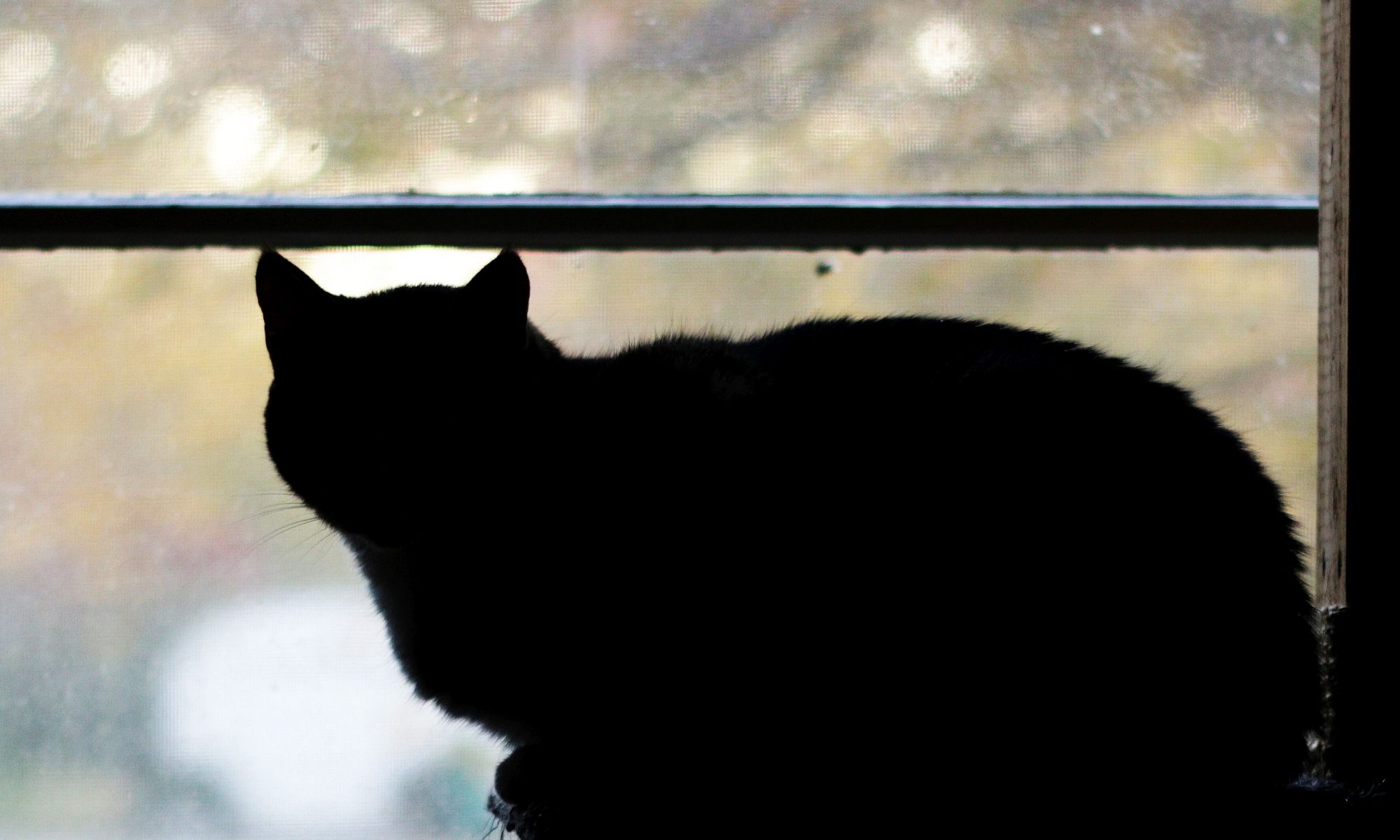

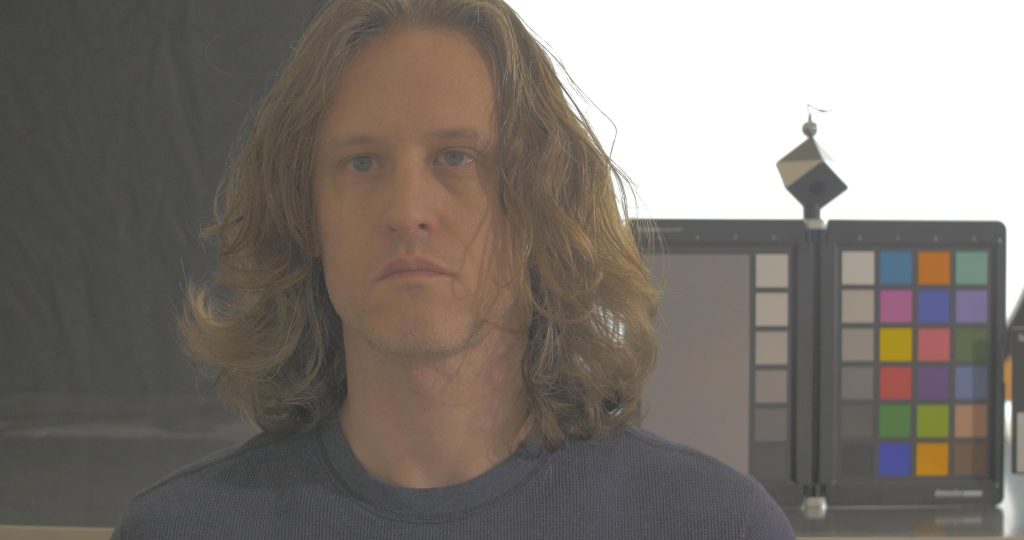
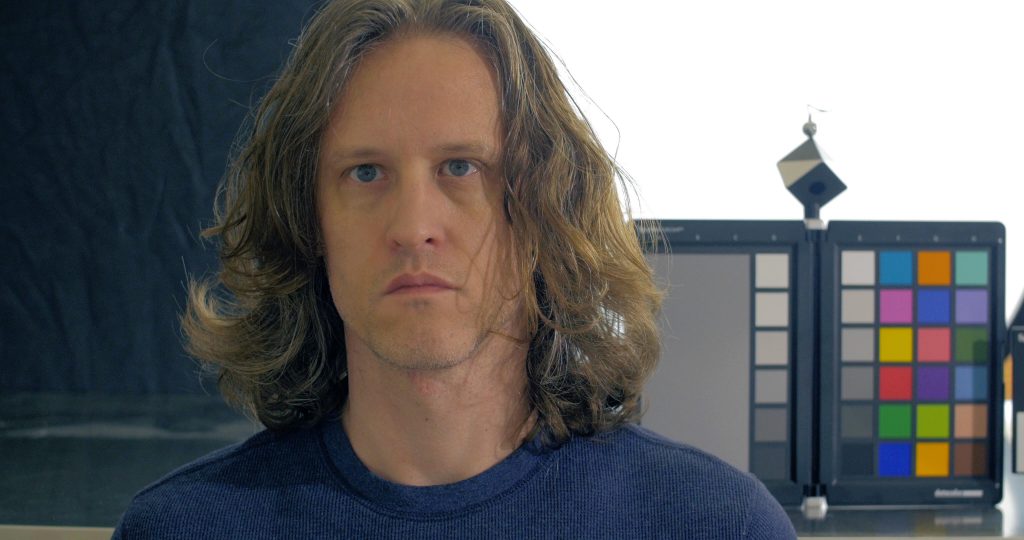
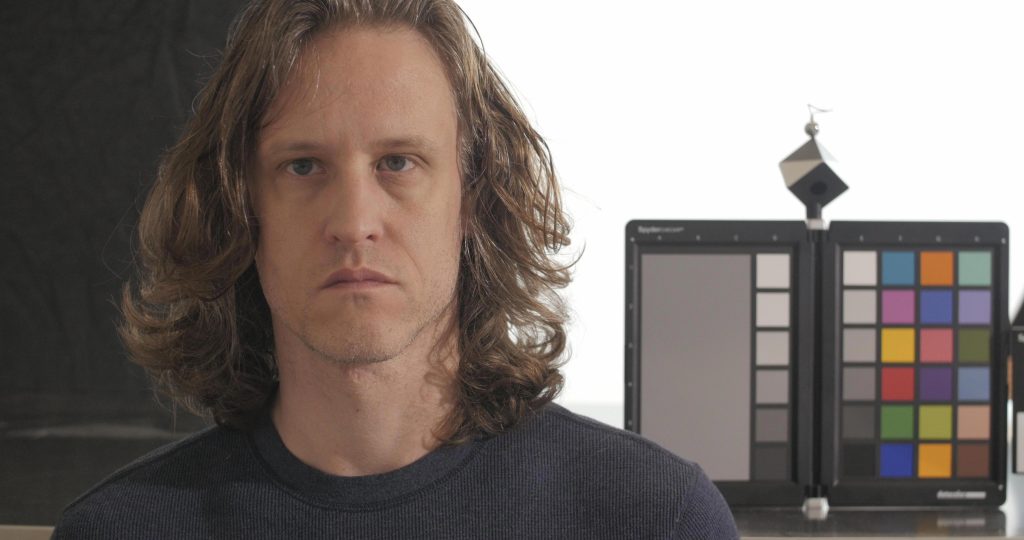
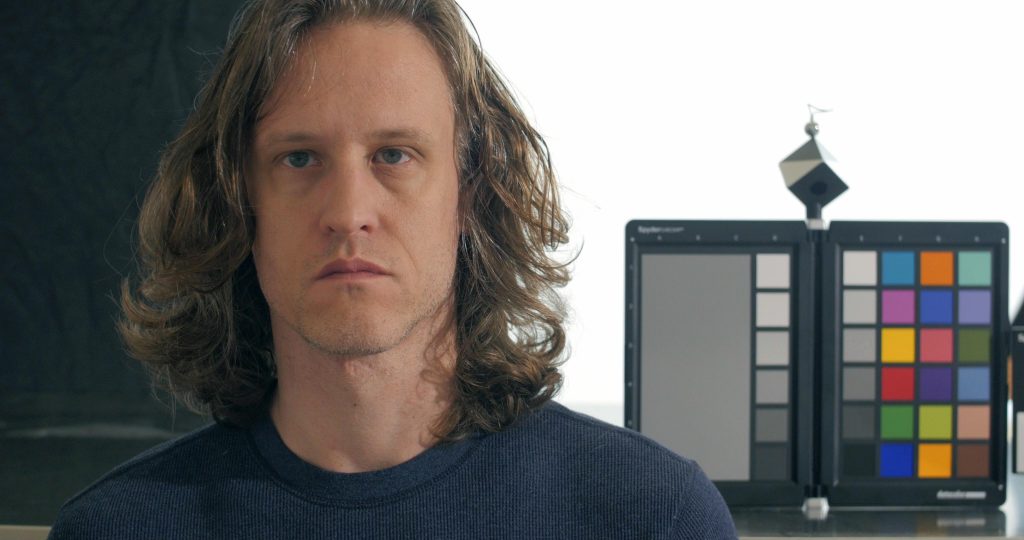
One Reply to “Why Cine-D sucks by joe12south [archived version]”